Introduction: In this article, Gena Philibert-Ortega gives tips for what to do when you simply cannot find your ancestor’s burial site or grave marker. Gena is a genealogist and author of the book “From the Family Kitchen.”
One of the problems with researching an ancestor’s burial place is that sometimes it can seem impossible. Even in situations where you know the location of the cemetery they were buried in, you still can’t find your ancestor. Why?
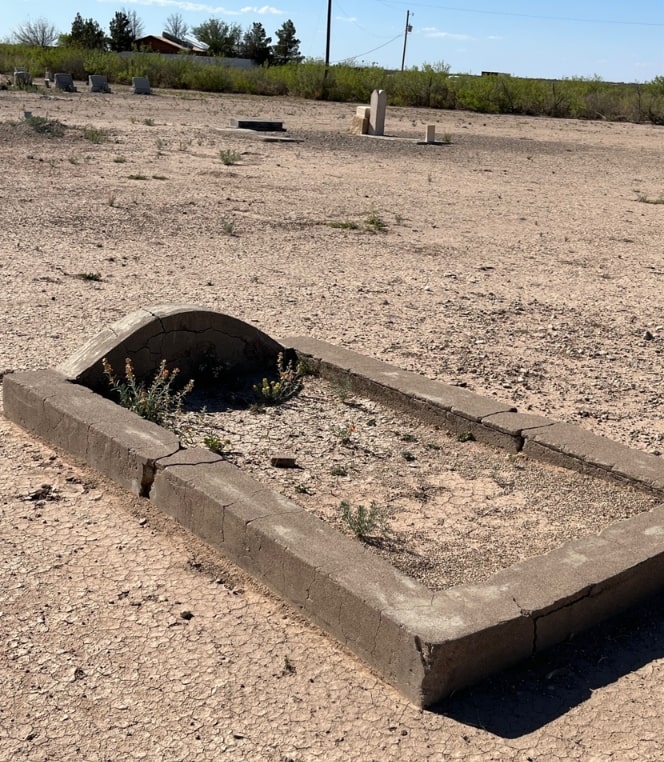
As you research, keep in mind that relying on a grave website, published cemetery transcriptions, or indexes may not be enough, especially if they are recording only visible markers and not using the actual cemetery records (when available).
While it’s our goal to record or visit our ancestor’s final resting place, the problem is that a grave marker may never have existed or may no longer be visible. Let’s look at some of the reasons this happens.
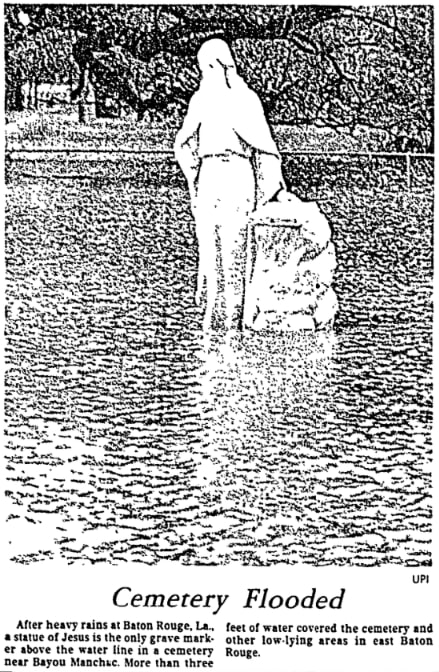
This photo caption read:
Cemetery Flooded. After heavy rains at Baton Rouge, La., a statue of Jesus is the only grave marker above the water line in a cemetery near Bayou Manchac. More than three feet of water covered the cemetery and other low-lying areas in east Baton Rouge.
Why Is the Marker No Longer Visible?
- The marker or a part of the marker was stolen
- The marker was destroyed
- The cemetery is under water
- The marker tipped over and grass or other landscaping is covering it
- The cemetery was moved
- The cemetery markers were reused in building projects
- The marker is illegible due to weather, the environment, or age
- The marker was a temporary marker from the funeral home and it has since disappeared or become illegible
- The marker, grave, or cemetery is on private property
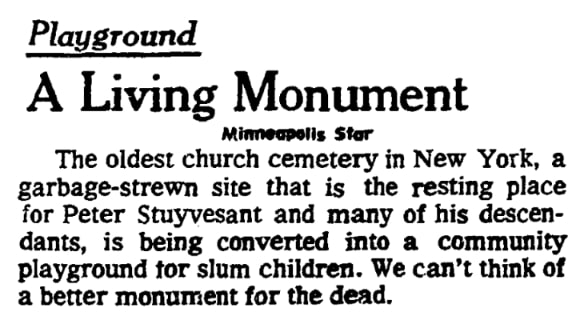
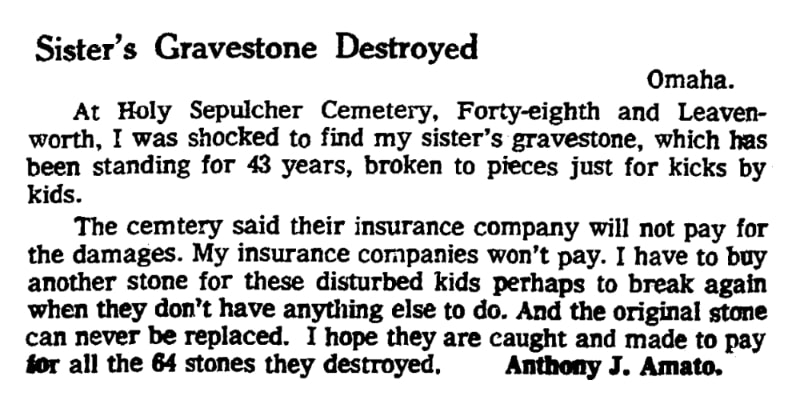
Suffice it to say there are many reasons why a marker or the inscription may no longer be visible. But there’s also another issue. Your ancestor may never have had a gravestone. Now this depends on location, time, and other factors, which is why it’s vital to consider your ancestor’s life to understand their death.
Why Don’t They Have a Gravestone?
Not everyone has a gravestone. Some reasons include:
- Survivors don’t have money for the marker
- There’s no money for the burial
- The deceased has no close family members
- The deceased was not identified at the time of death and burial
- The deceased died in a place where the retrieval of the remains was too dangerous
- The deceased was cremated and the cremains were scattered
- The deceased is buried in a mass grave
- The deceased died in an institution, and if marked it is with a number
- The deceased is buried in a potters’ field
- The deceased was missing at the time of their death
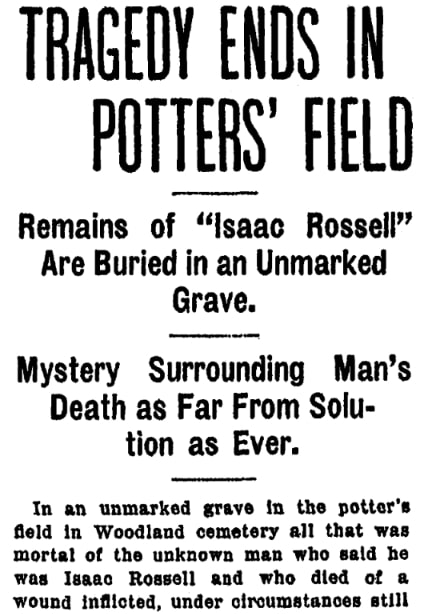
What Now?
It may be frustrating to not be able to locate an ancestor’s final resting place – but before you give up, think in terms of how to research the possible place/s he or she was buried. After you search death certificates, newspaper obituaries, and other death-related records, take time to study the local history. Some tactics include:
- Research the cemeteries and burials in that area
- Research the local newspaper for mentions of burial places and your ancestor
- Learn the history of the nearby burial places
- Locate funeral home records (if applicable)
- Locate records for nearby burial places
It may come to the point that you will never be able to verify the burial. I’ve been there. I have a 3rd great grandfather that is not buried with his family in the local city cemetery. I think he is buried on their homestead. That land was sold outside of the family in the early 1900s. The current owner says that no graveyard or markers are visible. The land is covered in trees and grazing cattle. I believe that it isn’t visible and – without more evidence – impossible to pinpoint.
Most likely, without ground penetrating technology, we will never verify this burial place. The only proof we have that it existed is a funeral notice for his daughter that states her burial was in the family cemetery. However, this was years after he died. There is no record of his burial, and he lived in a state where death certificates didn’t exist until decades after his death.
In some cases, after an exhaustive search, you may still be left with no answers. It happens. So, take the time to exhaust what sources you can and then move on to your next research question.
Explore over 330 years of newspapers and historical records in GenealogyBank. Discover your family story! Start a 7-Day Free Trial
Related Articles:

Great article that pertains to me.
Thanks, Susie. I appreciate your comment.
There may be at least one other reason we may not find a gravestone: the person was a Quaker. Most of my Quaker relatives have simple stones, that fits in with their beliefs that they shun ostentatiousness in life and death. At least two cousins who are buried in Pasadena, CA, have no stones.
Thanks for passing that on, Mary Anne. It’s a good example of keeping in mind a person’s life when researching their death.
Another reason a grave site may never be identified is if it was marked only with a wooden marker that would have long since deteriorated. This is the case in almost all burials in the first 100 years of settlement in an upper coastal plains section of South Carolina where there are no local sources of stone. Until the railroad came to the area in 1840, there was no easy way to obtain stone markers unless the family was very wealthy.
Absolutely, Margaret. That’s a problem for so many places. Thanks for pointing that out. I appreciate it.
Interesting article that rings true.
Sometimes sheer luck preserves the gravesites…
My 4th ggf and other members of his family were buried in the family farm’s burying ground. The old farm property fortunately became a park and nature preserve later. The precise location of each grave is unknown but an area was fenced in where some unmarked stones lay in an intentional-appearing pattern, and someone in a later generation placed a marker listing the main names (male of course; I’m sure multiple women are there too). There is speculation that some of the original markers may have been wood.
His son, my 3rd ggf, is buried in a city cemetery that became neglected and vandalized over the years, and would have been obliterated by a proposed urban renewal project if not for the outcry of many members of the public. It was restored instead, and is now maintained by an active committee. I have helped them document the graves in more detail for a database in the city library, for the benefit of future generations, which has been a fascinating endeavor.
Thanks for sharing this experience Jenifer. You are doing wonderful work making sure these burials are documented and the people are remembered. Thank you!
I have a third great-grandfather who was buried in a family plot on land that was later sold out of the family. His headstone was removed and used in the entry walkway to a pig sty!!! As it was privately owned, the family was not able to retrieve the stone.
Ann, that’s terrible! I’m so sorry. It’s just one example of how graves become lost over time. Thank you for sharing that.
Some people are buried in a rent-a-grave. My gg grandfather was buried in one. There are cemetery records but no grave.
Barb, some people are buried in graves that are reused. This is a tradition in some countries and where there is limited space to bury. Thanks for adding this example.
Also, I have a 3x great-grandfather who was buried in Jackson Co., Iowa, I’m positive. I spoke with one of the caretakers at a cemetery and he told me it is possible his burial site may be under water, due to meandering river courses. That stopped me from searching as I had been to every cemetery in Jackson Co. to check for myself.
Diane, I think this is one of the reasons it’s important to talk to people local to the area. They can provide information you might not find elsewhere. Thanks for sharing this example.
Thank you for taking the time to write up the information on cemeteries and markers. My maternal grandmother was buried, to the best of my knowledge, with no marker. When my mother was alive we went to the cemetery and physically looked, but we were pretty sure she was in the Potters Field area of the cemetery. It is no longer maintained and the records are no longer in existence. That is what the volunteer group that looks after the cemetery told us. I imagine someday even the cemetery will no longer exist. But we had the satisfaction of researching and at least finding the cemetery.
Lenore, sometimes that’s all you can do. You can pinpoint the cemetery and nothing else. Thank you for sharing this example.
This is a common problem for me in my research. I am fairly sure many family members were buried on a family farm that is now housing.
Debra, I can sympathize. It’s a problem I have as well. Thanks for sharing your experience.
Informative article to remind us that cemetery information that relies solely on tombstones has its limitations. I’ve come across the assumption a woman is buried in a particular cemetery because her husband is, and the tombstone carries both their names but a blank death date for her. There’s always the possibility she remarried and ended up buried with her second husband in another location.
Good point Mary! We need to consider her whole life. Just because someone’s name is etched into a gravestone doesn’t mean they are really there. Plans change.
Thank you for your comment!
All through the 1990s into the early 2000s I visited multiple Catholic cemeteries, with churches that started in the late 1790s to mid-1850s, and the cemeteries still have burials today. The county is in the Allegheny Mountains in the middle of Pennsylvania coal country. Who remembers when acid rain was the big climate issue? While many of the earliest brownstone headstones were still somewhat legible, many of the white headstones they started using in the 1850s through the early 1900s are barely to totally illegible. Two churches, one in the early 1950s and the other in the 1980s, had their parishioners volunteer for cleanup duty. Reset fallen headstones, mostly using blacktop material, and if still legible, had broken pieces stood up or laid next to each other, trying for somewhat straight lines. The headstones that were broken and illegible, they were told to throw down the gulley on the outskirts of the cemeteries, leaving no sign that someone was ever buried there.
Yikes! “Throw them down the gulley!” Another example of what can happen. Thanks so much for sharing that example Lisa.
Some Christians have strong beliefs against suicide. If they bury a suicide victim in the church cemetery, they may bury the individual in an unmarked grave or in a different part of the cemetery from close relatives. Nowadays, many people choose cremation with ashes scattered, no burial, no marker. Besides wood markers, limestone markers do not last centuries. Many are impossible to read, even if the stone itself survives. Before states kept mandatory death records, many gravesites were just not recorded anywhere. Many African Americans were buried without a grave marker, especially those that were slaves. A sad reality of life. We that are genealogists love records and have difficulty understanding why one would not preserve records, graves and family history, but that is not the case for many families, even today.
You are so right, Cindy. Even today, graves are not always marked, or the final resting place is not recorded.
Thanks for providing these examples. I appreciate it.
1) My husband and I visited a cemetery that was in a cow pasture. One of his ancestor’s stone was upside down on the ground but very readable when turned over.
2) One of my ancestors had a limestone marker which was eroding when I visited. Though difficult to read it was possible.
3) I visited a cemetery and the man who mowed knew where every grave was and pointed out several places I could look and find people with that name. The bonus was that other members of the family were buried near and I discovered a lot of people besides the great-great-grandparents I was seeking.
4) I have visited one cemetery on numerous occasions. There are many, many ancestors and family “in the tree” in that cemetery. The office has wonderful records that give not only what was visible on the tombstone, but the names of spouses, parents, cause of death, complete birth and death dates, etc. For one of the families, I was able to assemble an entire tree based on those records.
5) My son and I visited a cemetery that had a website that showed exactly where the graves we wanted were located.
Thank you so much, Phyllis, for these examples. I appreciate reading about your experiences.
I saw a tombstone at a yard sale. When I offered to buy it, the host of the sale gave it to me, not being comfortable selling it. I was able to locate the person’s burial in a nearby county. When I visited that cemetery, I spoke with the cemetery’s groundskeeper and found that a replacement stone had been erected there. I was able to donate the original stone, which then was placed alongside the newer one. Interestingly, though the deceased was not a relative of mine, they had the same last name as mine.
Thank you so much for doing that, Mavis. I’ve heard a similar story before. Although in your example, they had a replacement stone, that original stone may have included different information.
What an interesting article. I sure did not know about it. I had a heck of a time just trying to locate the burial of my grandparents up in Duluth, Minnesota. Talking about cemeteries around Duluth, Good Gracious Goat is all I can say. I finally sent a letter to one cemetery and explained what I was doing: I was doing genealogy of my grandparents. A couple of weeks later I received in the mail a copy of the location were grandma and grandpa are buried. So maybe the next time I travel up to Duluth, I will stop at the cemetery and place flowers. The other difficulty right now that my older brother and I are having is trying to locate our aunt Catherine’s burial site. You see, my dad became an orphan when he was just 13 years old. He lost his dad, mother and his baby sister, Catherine. Dad’s uncle went over to Scotland to bring dad over to America. We were able to get a copy of the death certificate showing his parents but cannot find his deceased baby sister. My older brother over the last couple of years has spoken about this. We gave many ideas of maybe what could have happened. Does anyone have any ideas? We sure could use some.
Mary, have you tried to contact a genealogy society in the area for assistance? Maybe they have some ideas or even records. They also may have someone who can go to a local cemetery for you.